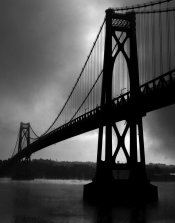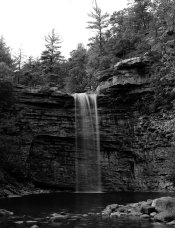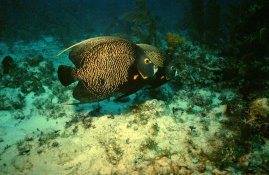I was using lab scans for quite some time until that got too expensive. Eventually I bought a Plustek scanner and got frustrated with the time it took to get my film scanned. The quality wasn't all that good either.
I then came across this online.
I now have a Nikon D7100 with the 40mm DX macro lens and a Nikon ES-1.
For slide film I created a custom WB using clear part of the film and the light table behind it.
I now scan a 36exp roll of slide film in less than 20 mins. Usually there's no adjustment needed. Not even white balance as I've already taken care of that with the custom WB.
For negatives I use ColorPerfect to get rid of the orange mask.
For monochromes I sometimes still get a slight color cast. Maybe the light table is not pure white?!
This is usually easy corrected in Lightroom by converting to B&W
The D7100 has no AA filter and I get super sharp 24mp scans in a fraction of a second.
Can it really be that this sub-1000 dollar setup beats all these expensive scanners? Both in time and value?
Now I even have the D7100 if I wanna go out and do some macro work digitally.
What are the downsides of DSLR scanning versus a dedicated film scanner?
I then came across this online.
I now have a Nikon D7100 with the 40mm DX macro lens and a Nikon ES-1.
For slide film I created a custom WB using clear part of the film and the light table behind it.
I now scan a 36exp roll of slide film in less than 20 mins. Usually there's no adjustment needed. Not even white balance as I've already taken care of that with the custom WB.
For negatives I use ColorPerfect to get rid of the orange mask.
For monochromes I sometimes still get a slight color cast. Maybe the light table is not pure white?!
This is usually easy corrected in Lightroom by converting to B&W
The D7100 has no AA filter and I get super sharp 24mp scans in a fraction of a second.
Can it really be that this sub-1000 dollar setup beats all these expensive scanners? Both in time and value?
Now I even have the D7100 if I wanna go out and do some macro work digitally.
What are the downsides of DSLR scanning versus a dedicated film scanner?








